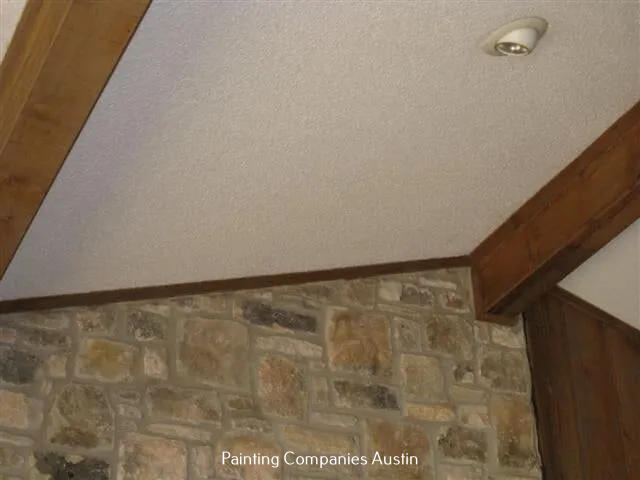Introduction:
The Texas Capitol, a monumental structure dominating the skyline of Austin, serves as the seat of government for the Lone Star State. With its towering dome and rich history, the Texas Capitol stands as an architectural masterpiece and a symbol of Texas’ enduring spirit. This article delves into the historical background, architectural significance, and the role of the Texas Capitol in shaping the state’s political landscape. Learn information about Austin, TX.
Historical Origins:
A Legacy of Independence
The story of the Texas Capitol begins with the state’s quest for independence. Following the annexation of Texas into the United States in 1845, the need for a grand and permanent capitol building became apparent. In 1850, the state legislature selected the site for the Capitol, and the construction commenced in 1882, incorporating elements of Italian Renaissance Revival architecture. Discover facts about Preserving History: The Texas Governor’s Mansion in Austin.
Architectural Marvel:
Italian Renaissance Revival Splendor
Designed by architect Elijah E. Myers, the Texas Capitol is a breathtaking example of Italian Renaissance Revival architecture. The building features a stunning pink granite facade quarried from the nearby Granite Mountain. The grandeur of the Capitol is accentuated by its iconic dome, which stands at 311 feet, making it taller than the U.S. Capitol. Intricate carvings, majestic columns, and ornate details contribute to the building’s timeless appeal.
Dome and Statuary:
Crowning Glory
The crowning glory of the Texas Capitol is its remarkable dome, topped with a Goddess of Liberty statue standing proudly at its pinnacle. The statue, cast in bronze, symbolizes the state’s commitment to freedom and independence. The Capitol’s interior boasts a collection of impressive statuary, including portraits of notable Texans and symbolic representations of key ideals.
Political Significance:
Legislative Hub
Beyond its architectural magnificence, the Texas Capitol is a vital hub for the state’s political activities. It houses the offices of the governor, lieutenant governor, and other state officials. The Capitol’s legislative chambers are the setting for critical decisions that shape Texas law, policy, and governance. The Rotunda, adorned with historical paintings and sculptures, serves as a central gathering place for legislators and visitors alike.
Grounds and Monuments:
Surrounding Beauty
The Capitol grounds blend manicured landscapes and historical monuments, providing a tranquil setting for reflection and appreciation. The Texas Capitol Complex Master Plan has enhanced the Capitol’s surroundings, incorporating green spaces, fountains, and additional monuments. Notable additions include the Texas African American History Memorial and the Tejano Monument, honoring the contributions of diverse communities to the state’s history.
Public Engagement:
Tours and Educational Programs
To share the rich history and architectural brilliance with the public, the Texas Capitol offers guided tours. Visitors can explore the building’s various chambers, admire the artwork, and learn about the legislative process. Educational programs cater to students, fostering an understanding of Texas history, governance, and civic responsibility.
Conclusion:
The Texas Capitol stands not only as a physical seat of government but as a testament to the resilience, pride, and independence that define the spirit of Texas. Its architectural magnificence, political significance, and role as a public space make it a cornerstone in the narrative of the Lone Star State. As the Texas Capitol continues to serve as the heart of Texas governance, it ensures that the state’s past, present, and future are intricately woven into its walls, echoing the enduring legacy of the great state of Texas.

